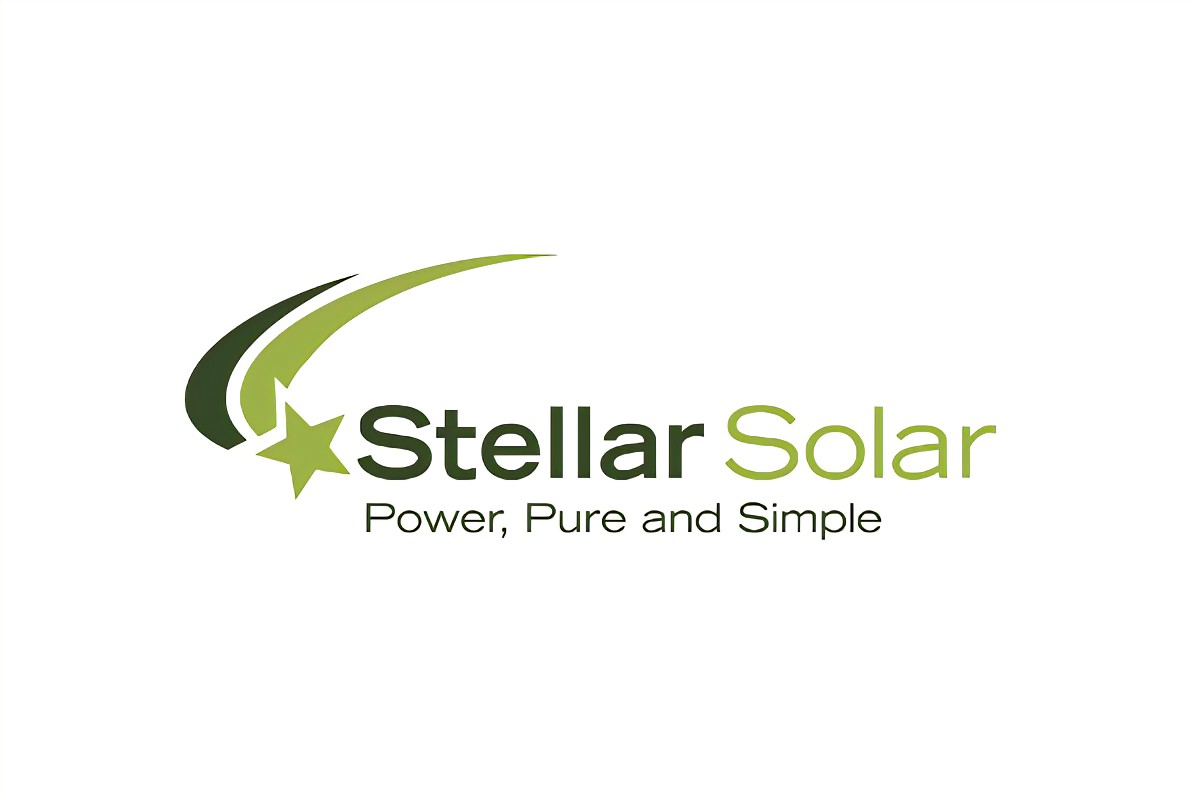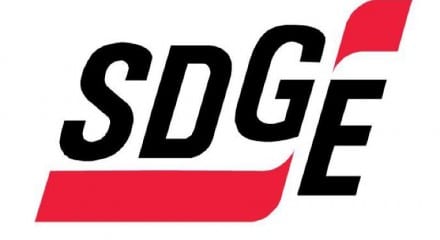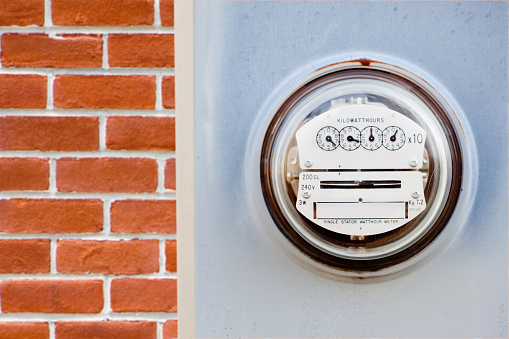Solar Panels in San Diego – cost and local reviews
What is the cost of solar panels in San Diego?
As of January 2021, the average price of a solar system in San Diego was around $2.25 – $2.75 per watt, which would put the average price of a 6kw residential power system at about $10-12,000. While this may seem cost prohibitive, keep in mind that this is the cost before any credits or incentives are applied, and there are many loans specifically for solar systems available.
Though California itself does not offer a tax credit, every American is eligible to claim 26% of the total cost of their system as a federal tax deduction. So after claiming a total 26% tax credit, the price of a 6KW solar system drops to $9,000.
How do I get solar panels installed in San Diego?
As of this writing, there are several dozen companies listed as actively offering installation of solar power systems in the greater San Diego area, so it’s worth doing your research before making a decision on which company to use.

The first and highest rated company I discovered when researching solar panel installation in the San Diego area was Sunline Energy located at 7340 Trade St Suite H San Diego, 92121California.(https://www.sunlineenergy.com/). They have a 5 star rating on yelp after 323 customer reviews and have an A+ rating from the better business bureau. According to their website they have “over 5,000 satisfied solar customers”. They also claim (apparently truthfully) to have received more 5-star yelp reviews than any other solar installer in the San Diego area, as well as ranking #21 in 2019 Solar Power World’s “Top Solar Rooftop Contractors”. They don’t give a year of founding, but the website espouses the company to have been founded “almost a decade ago”. Their website says the sunline estimators will review all relevant incentives, tax deductions, etc and prepare an “all-inclusive quote” for a solar system tailored to your needs. They also say they will secure any necessary permits, help you with applications for solar based incentives, help arrange financing and test the system to make sure it is functioning at its highest capacity once installed. Sunline does have three reviews on the Better Business Bureau website, all of which are 1 out of 5 stars. One of the reviews claims a lack of transparency in the installation process as well as discrepancies in the contract. Another says Sunline severely underestimated the amount of solar panels the customer needed so that when the system was installed it did not produce nearly enough power and was unhappy with Sunline’s suggested correction. A third review implied the owner remotely shut off the customer’s solar system as a way of forcing them to pay before agreeing to discuss an issue with the installation. To read these complaints for yourself, see https://www.bbb.org/us/ca/san-diego/profile/solar-energy-design/sunline-energy-inc-1126-172003675/customer-reviews

The next company I examined was Stellar Solar from (https://stellarsolar.net/). Out of 349 yelp reviews, Stellar Solar has a 4.5 star rating. Founded in 1998, Stellar Solar is located at 265 Via del Monte Oceanside, CA 92058-1223. The first thing Stellar Solar does on their website is to make sure you meet their “Solar Evangelist”, former NBA All-Star Bill Walton. Their website claims “Our reputation as the best solar power company in San Diego is validated by being voted ‘San Diego’s Best Solar Company’ in the annual San Diego Union Tribune Readers Poll 9 times in the last 11 years, including again in 2021”. The website also (incorrectly) claims a 5 star rating from yelp, but that may have been the case when the website was originally designed. They also boast a 5 star rating from the Better Business Bureau, which appears to be accurate. However, they also have five complaints against them for various reasons on the Better Business Bureau site, not all of which were resolved to the satisfaction of the plaintiff. For more information, refer to the BBB site at https://www.bbb.org/us/ca/oceanside/profile/solar-energy-contractors/stellar-solar-1126-16004961/complaints.

The third highest rated company as per yelp was Smart Solar Design Construction of Southern California, headquartered at 27620 Commerce Center Dr, Suite 103, Temecula, California 92590. Their website, located at https://smartsolarsocal.com/ features a video detailing one of their installations, as well as a number of testimonials under their “Why Us” tab. On yelp, they have a 5 star rating after 57 reviews, and the Better Business Bureau rates them as an A+ accredited company after 7 years in business. The BBB website shows only 1 complaint having been filed against them, though the text of the complaint does not appear on the site.
What are the benefits of going solar?
According to https://www.energybillcruncher.com/incentives/CA , the state of California currently has numerous incentives in place for those who want to add a solar power system to their home. Some of them are:
-California Renewable Portfolio standards: California is arguably the leading state in the US when it comes to renewable energy and the state’s “Renewable Portfolio Standards” mandate says that California must generate 50% of all its energy from renewable sources by 2030. This means there is a strong incentive for California utilities to offer incentives to customers who produce solar energy.

- California Electric Rates: If the Bear Flag Republic could see us now. California has the second highest electric rates in the country at 23.35 cents per kilowatt hour, meaning adding a solar system in California has the potential to save you far more money than in many other states (In fact, 49 of them).
- California has some of the strongest net metering laws in the country and they are a real asset for those considering installing solar panels on their homes. If your solar system produces more energy than you use in your home, the excess production is automatically “sold” to the utility, which appears as a credit on your bill.
- California interconnection standards make installation easier, faster and (hopefully) less expensive, and also makes net metering more reliable. California’s standards are state wide, so no matter where you live they should work.
- Solar power rebates: The state has a very generous rebate program for those who install solar panels under the CSI (California Solar Initiative), but only for certain customers. To learn more about who qualifies, see https://www.cpuc.ca.gov/industries-and-topics/electrical-energy/demand-side-management/california-solar-initiative.
- Many states, California included, offer performance-based incentives (PBI) based on the amount of power your system creates. In California, they are referred to as Solar Power Performance Payments and are based on the number of kilowatt hours or BTUs your system creates according to your meter. This electricity is credited on your bill as Solar Renewable Energy Credits (SRECs), and their value is based on the supply and demand in your area. SRECs can help your system eventually pay for itself.
- California Property Tax Exemption: California law prohibits the value of your home from being reassessed due to the addition of solar panels, meaning your property tax will not go up simply because of your addition.
- The Investment Tax Credit (ITC) currently allows 26% of the cost of a solar system to be claimed as a federal tax credit. This only applies to users who BUY, not LEASE. If you lease, the incentives go to the actual owner of the system.
In addition, installing solar panels can increase the resale value of your property by as much as $16,000 which is far more than you will pay on average for the installation itself, and they generally require very little maintenance so those costs are negligible.

What are the Effects of Net Metering on a Solar System?
In a sunny environment like San Diego, an adequately sized solar collection system will produce far more energy than needed during the sunniest parts of the day and year. The extra energy produced is added to the total power output of the grid, and for each kilowatt hour of extra energy produced, you get a credit of 1 you can extract from the grid at no cost when your solar panels cannot collect energy (which, in a place like San Diego, is mostly going to be at night). At the end of your billing cycle (usually monthly), you are only billed for the total amount of kilowatt hours (kWh) you drew from the grid above the amount you exported. This is what is known as “net metering”.

Different utility systems have different policies- some will only apply credits to your account while others will actually send you a check for energy you sell back into the system. For example, if your system exported 300 excess kWh of solar power into the system and your home only drew 200 kWh from the grid, some utility systems would give you a credit for 100 kWh of power, while others would actually send you a check.
In 2016 California lawmakers passed new legislation establishing a net metering system known as “net metering 2.0” which updated net metering rates.
As of June 2016, net metering rates in southern California break down like this:
| Credits for exported electricity | Full retail rate |
| Non-bypassable charges | Paid for all electricity usedduring a billing period |
| System size regulations | System must be no largerthan customer’s electricityneeds, but no restrictionon size |
| Interconnection fee | $75 for systems under 1,000 kW |
| Electricity rate | Time-of-use (variable basedon time of day and season) |

Net Metering 2.0 (NEM) established new guidelines for Southern California Edison, San Diego Gas & Electric (SDG&E) and Pacific Gas & Electric. For these utilities, a 5% cap must be reached before NEM 2.0 is put into place. PG&E and SDG&E have subsequently reached their caps, and it is unclear if SCE has reached their cap yet or not. Once they have, however, there will be no cap to how much solar energy is available for net metering.
When installing a solar power system that meets the electricity needs of your home for an entire year, some months your system will produce more or less electricity than others, depending on weather. When your system generates more electricity than you use, SCE will give you credits on your bill towards future months. If your system does this over the course of 12 months, you are credited for these extra kWh at the Net Surplus Compensation Rate (NSCR). To set this value the utility calculares a kWh / hour value for each month of the year based on market prices for electricity. At the end of a full year you will get a credit for any excess electricity at the rate the utility determined for each individual month. For more information on Southern California’s net metering policy, see https://www.energysage.com/local-data/net-metering/sce/
According to https://www.solarreviews.com/solar-panels/san-diego-california, the average “payback” period (the time it takes for a solar panel installation to pay for itself) of solar panels in San Diego is between 3.5 and 4.5 years. Given the expected lifespan of commercial solar panels is 25 years, that gives more than enough time for them to not only pay for themselves, but an additional 20 years (on average) of essentially free electricity.
A good way to get a general idea of how much you could save on a solar system is through this website, Energy Bill Cruncher (https://www.energybillcruncher.com/resources/calculator). By entering a little information about your home, the calculator can give you an idea of how much you might save over the course of 20 years- I used my home and got an estimated $15,000 savings over a 20 year period, which would be roughly 200% of the cost of having a solar system installed in my area.

How much solar power do I need to power my home?
Depending on several factors including home size, number of residents, insulation, hot water usage, whether or not your home uses natural gas, preferred temperature, etc etc, your home probably uses something in the neighborhood of 5,000 kWh / year. Therefore, an average home in San Diego would require a solar system capable of producing about 5.8 kilowatts to be self-sufficient. Standard solar panels produce around 300 watts, so you will need about 20 solar panels to keep your home running. Again, this will vary depending on multiple factors such as those listed above.
Summary:
San Diego: Imagine a place with an average of 266 sunny days per year compared to the U.S. average of 205. In an era of out of control energy prices where many people are turning to alternative energy sources, solar power would make a lot of sense in a place like this, using solar panels activated by the energy collected from the sun to generate electric currents which in turn are used to power your home. Couple that with favorable state laws and a federal tax credit for 26% of the cost of your solar system, throw in the estimated savings of as much as $40,000 over the life of your system, throw in the warm and fuzzy feeling of doing your part to help the environment and suddenly going solar in San Diego makes a lot of sense.
Overall, most of the reviews I could find from customers who installed solar panels were positive ones. Though a few seemed unhappy with the performance of their system, most complaints were about the standard issues you see in the service industry- contracts, money issues, etc. So overall, in San Diego, the most difficult decision is not whether or not to “go solar”, but rather which company to go with. Out of several dozen, there seem to be quite a few very reputable ones, so as always, do your own research and shop around.